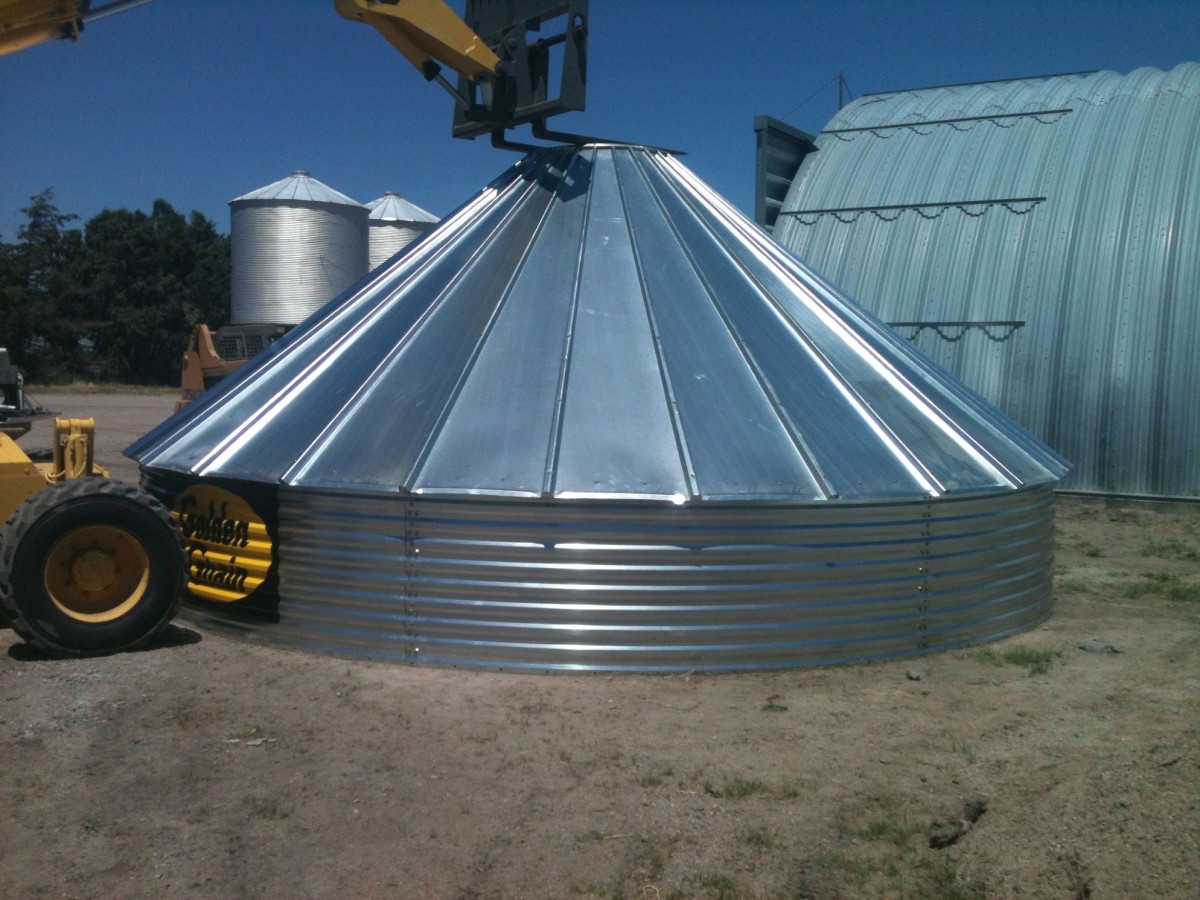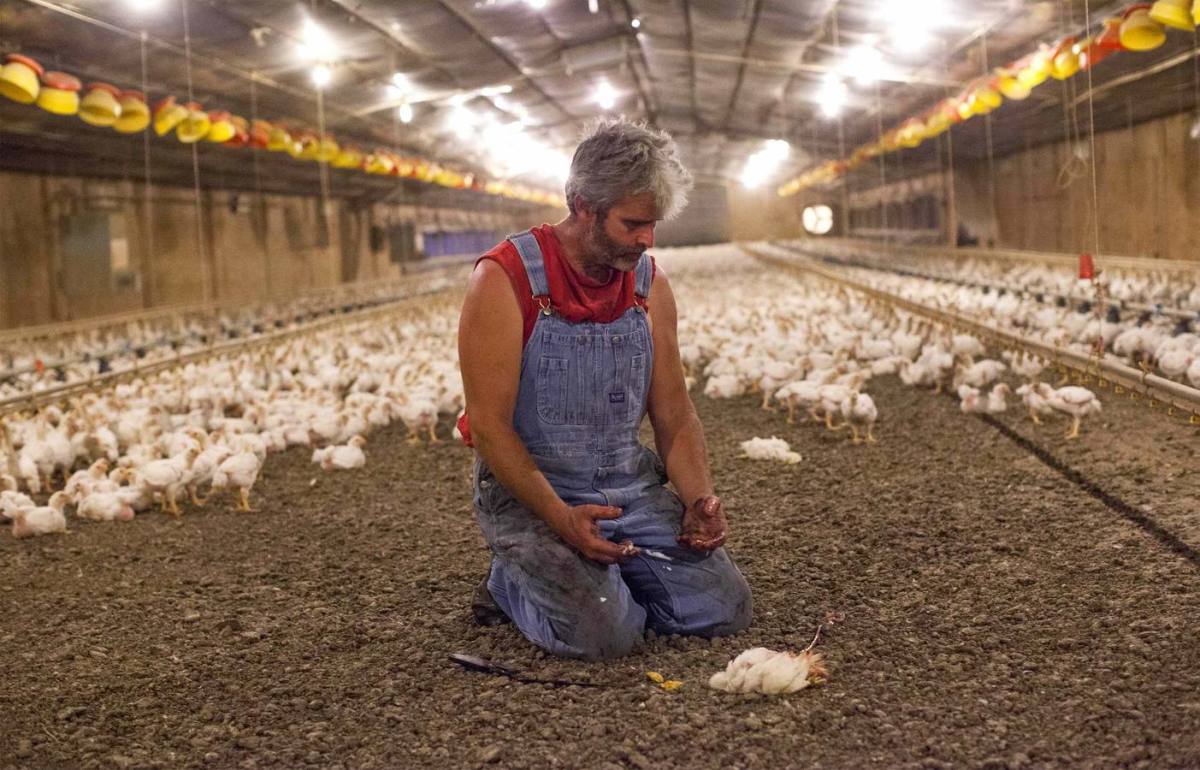How To Make Money Through Urban Farming
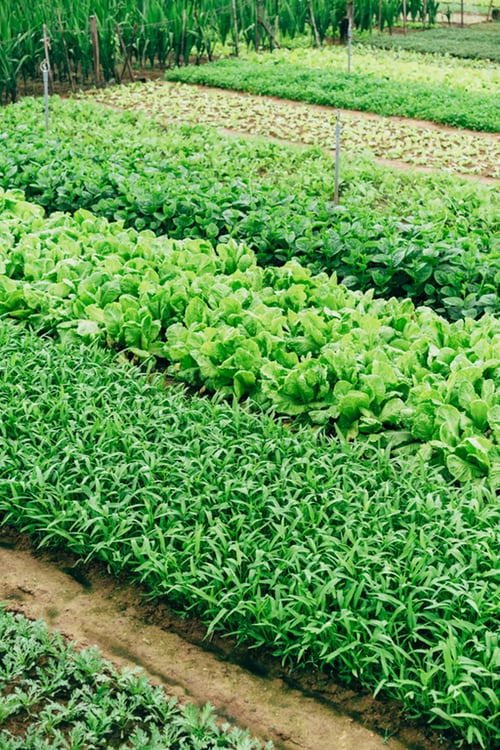
Urban Farming
Urban farming is quickly taking root all over the world. The motivation behind urban farming ranges from yearning for fresh food and wanting organic food (food you can trust) to adding an extra coin in your pocket. With shrinking land ownership and exorbitantly high land prices, people are now turning to urban farming. Based on your interests and availability of space, select either indoor or outdoor farming as a side hustle or even as a full time engagement.
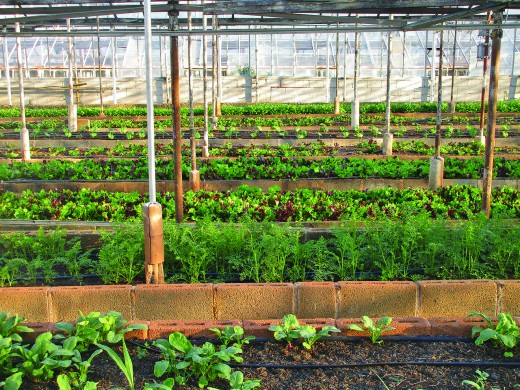
Indoor Farming
Indoor farming involves growing plants in a room inside pots or simple containers. These can be placed on shelves, window sills or on the floor. Gunny bags (sacks) can also be used by positioning them where there is enough light.
1. Vegetables_ Common vegetables that can be grown indoors include spinach, lettuce,kale, amaranth and carrots. They do not require a lot of space. Carrot seeds can be strewn in a pot that has well mixed wet soil. Carrots need a lot of sun and should therefore be placed near the source of light. Spinach and kale can be planted in gunny bags that have been filled with a mixture of soil and manure.
2. Herbs_These include oregano, rosemary, mint, basil, coriander, thyme and parsley. Their short roots make them ideal for growing in a pot inside the house.
3. Mushrooms_They can ideally be grown indoors as they require less lighting. If you have a room to spare, you could create shelf-like structures on which the mushrooms will grow. Mushroom growing is quite lucrative.

Outdoor Urban Farming
1. Animals_ There is a wide variety of animals to choose from.
Rabbits can be kept in small or large numbers. Their hutches do not consume space and can be storeyed. They multiply very fast with three to eight bunnies every two months translating to more than twenty-five bunnies in a year.
They consume vegetation that is easy to find or grow.They are very marketable given that; apart from selling them as they are; their meat, skin (pelt),urine and droppings are greatly sought after.
Dogs, yes, dogs can also be kept and trained in what can be referred to as dog breeding. You need to be passionate about dogs, and be ready to put in considerable time and effort. Ensure you have spacious cages that are cleaned everyday.
Arrange ahead of time what food you will be offering them and ensure it is in regular supply. You need also to schedule their training program. If you do not know how to go about training dogs then find out from dog experts or those who are already breeding dogs.
You also must decide on which breeds you want to raise.They could be pure breeds or hybrids.You cold choose from a wide variety such as Alsatian,Doberman, Border Collie, Caucasian, Rottweiler, German Shepherd, Welsh Corgi.
The good thing with dog breeding is that you can sell puppies or already grown dogs. If you regularly train them and vaccinate them such that they are healthy and active, it won't be long before they find ready market from individuals and security companies. Usually the word of mouth works best but you could also advertise them on social media.
Cows_These can be reared on a small plot of land in an urban area. Some people keep up to six cows.What happens is that zero grazing is fully done for these cows. They feed and drink from the same place which means looking for their food_ grass, green maize stalks, hay,silage and supplementing with processed dairy feeds and their salt blocks.
You need to have a regular water supply and daily clean their sheds. If you keep good cattle breeds such Friesian, Guernsey and Jersey, then you can expect to milk as much as 40 liters per cow each time. Milk is on high demand as well as the calves at various stages and the cows themselves when you need to reduce their number.
Pigs_They can be kept in urban areas because they do not require a lot of space. Well constructed and clean pig sty are sufficient to get you started. Ensure you have enough food for them. There are many breeds to choose from including Landrace, Berkshire, Large White and Duroc.
Pigs do not have to eat rotten food remains. If you are serious about raising them, you should consider buying high quality feeds or making your own feeds with the help of an expert. Pork is highly marketable and pigs/piglets can be sold for further rearing.
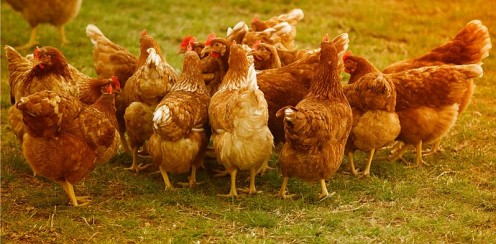
Guinea pigs_These are small rodents that resemble rats and have no tails. They were first domesticated in South America where they were and still are eaten. They are now becoming popular worldwide.
They are kept in small cages and do not multiply as fast as rabbits. They feed on vegetation and pellets bought from animal food shops.By rearing guinea pigs, you can earn income by selling them
2. Plants_ Apart from growing flowers, there are many plants that can be grown in your backyard/ kitchen garden to supplement your groceries.These include kales, spinach, herbs (rosemary, basil, oregano,sprig, mint and others), carrots, beetroots spring onions and tomatoes. You will have an endless supply of fresh produce if you tend them well. Any surplus produce can easily be sold as they are always on demand all year long.
3. Poultry_ These include chickens, ducks, geese and turkeys. All types of poultry can be kept in simple coops. These coops can also be storeyed in order to maximize on the limited space available.
Cleanliness, constant supply of water/feeds and regular vaccination will go a long way to ensure you have healthy birds. Their meat and eggs can be consumed and/or sold to earn you much needed income.
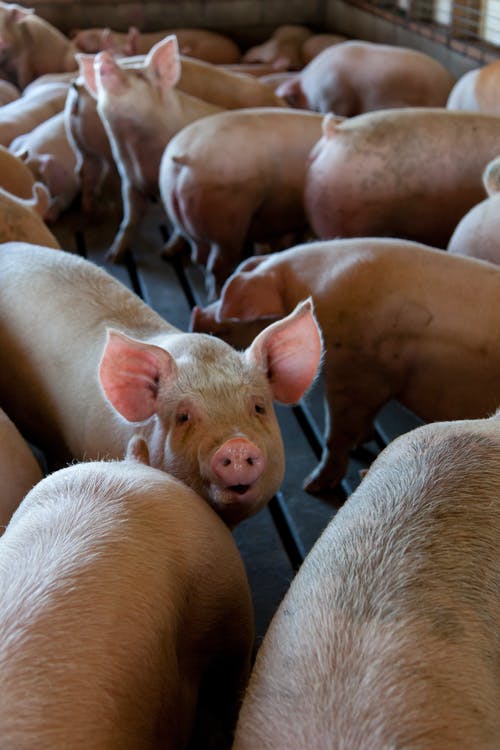
Urban farming is a very worthwhile venture that cannot disappoint. This is because there is a wide variety of perspectives you can approach it from. You can concentrate on one crop or animal or several; it just depends on what you are passionate about.
This content is accurate and true to the best of the author’s knowledge and is not meant to substitute for formal and individualized advice from a qualified professional.
© 2019 Carole Mireri






